“Fishing is a collection of instants: moments when it either comes together with amazing perfection or goes horribly wrong” John Gierach.

Wet dreams….fishing related, in case you were wondering! The strange thoughts one cannot get out of your head as you try to go to sleep trouble me. Enormous fish that have gotten off before you could land them ….dirty tricks that fish play out, bent hooks and snapped tippet entwined with flashs of silver or butter yellow flanks as the fish turn on the surface. My mind plays these scenes over and over with the same outcome…fish on and then ultimately off. My mind shifts to what the action of a fly would look like underwater to a fish. I’ve turned full circle… I’ve become the hunted. The recurring flashbacks have become more frequent the older I get. Perhaps it’s a sign of old age or an overactive mind, I don’t know for sure. I’m told older folk need less sleep but then so do those with ADHD , such as myself. Does this mean I’ll be haunted forever by visions of these fish, long gone in the mist of time, once so vibrant and alive. The Brown’s with their speckled spots, the Rainbow’s silver flanks and the Yellow’s all in gold, now faded forever except for a few stolen photographs. But, undoubtably living on in future generations of their offspring.



Day dreams…the stuff which gets one through the daily monotony of work, unless you are one of those fortunate retirees that can choose what to do every day. The rest of us mere mortals work on our bucket list realising that most trips are unaffordable. If you are anything like me, planning the next trip(s) is always an exciting but harrowing experience. It’s best described as a process of getting away, without pissing off your closest fishing mates who might feel left out as time or space rules them out, and retaining some semblence of matrimonial harmony. A juggle to find enough accommodation for all while trying to pick a place that might fish well despite the vagaries of the weather. Whatsapp groups for trips suddenly get a life of their own as the Lads talk tackle, flies, travel plans and other unmentionable things. Managing changing plans and cancellations becomes more intense as the time approaches. I’d say more time is spent planning than actual fishing, but I wouldn’t have it any other way.
Home streams beckon me. The pull to go fishing this season has been strong. Stronger this year than it has been for many a year.
When we think of Home streams we all have a visual picture of a favourite place. Familiar pools where you know all the lies. When the river is higher you instinctively know where the new prime lies are. Those streams where you would take a bet that 9 out of 10 times a fly cast in a particular spot will be rewarded. As you approach a familiar pool you remember things. A cast where the fly was taken in midair by a large dragonfly. A fish which ran you into the undercut and broke you off. You remember when a fellow fisher had a snake headed straight for him. The snake was aiming for the river but he was in the way. The flyfisher screamed and dropped the rod and ran. Buck lying hidden along the bankside vegatation and which suddenly spook and run off leaving you with your heart pounding. Riffles that babble downward with pocket sized holes and current seams that have had countless flies drifted through them. These are the moments one remembers.

It is these special places where one has spent a lot of time that qualify for Home streams. Now for someone like myself, and probably most of you reading this, your Home streams aren’t necessarily in your back garden or your neighbourhood. It is probably few hours drive away. Pity the early Fly Fishermen who had to catch a train from Durban to Mooi River to go and fish the Mooi River.
This year the early summer rains suddenly changed the game on my Home streams. The drought started breaking in KZN with the Northern rivers getting the most benefit so far. The post drought situation has left our rivers with less fish than usual. There more than one person whon think this is a good thing for increasing the hardiness of our trout. Brown trout seemed to have faired better than Rainbow trout. In fact, there are reports of very few Rainbow’s in the rivers but encouragingly there are a few around. Over the last few Seasons fishing has been hard. Low, clear conditions have resulted in blanking on more that a few occasions. I wrote about this in a previous issue (Africa’s Original Flyfishing Magazine, Vol 30, No 163).
But now, speckled Brown’s in XL, XXL and XXXL suddenly were to be had. Bit like a bargain bin with no medium, small and extra small sizes. Fat buttery slabs of fish in tiptop condition to boot and all in my Home streams!

Like kiddies in the cookie jar my band of fellow flyfishers plotted trips. Virtually every weekend, and a few day trips in the week, some of the Lads were on the water. Sometimes the Lads would tell you they were planning to go. Somedays my day was spoilt when our Whatsapp group received a picture from one of them. The now traditional pose, with the stream in the background, would flash up on my cell phone. Now that’s enough to spoil your day.
It wouldn’t be long before more pictures would start arriving. Videos of the Lads fighting and landing Whoppers. Pictures from every angle. Underwater pictures. Pictures with tapes alongside the fish to show the size. This would continue thoughout the day while the poor Sods that had to work had serious cases of regret at not going.
Of course with all these pictures of fish being measured, there was suddenly some unspoken competition as to whom would catch the biggest fish. The Lads only started fishing in earnest in late October and week after week the record fish kept getting longer. Initially a 45cm Brown was the target. That went, then 50cm…that went too. Ok what about 55 cms…that got caught too. Four out of the five lads have personal best Brown’s of 45, 51, 57 and 58 cms! And the season is not over yet. Having seen 60 cms Brown’s this Season, I’m convinced that one will be caught soon. It all depends on how long it will take the thousands of small fish that have been seen in the upper catchments invading the lower reaches. When this smaller trout arrive they will be cursed as they frantically try take your fly, effectively ending the selective targeting of the larger resident fish.
When this does happen, I’ll leave the dark side and be back on the dry fly. I much prefer the dry fly but when times are tough, the nymph delivers. The season is far from over. Get out there. This is a season not to miss. And when the small fish spread out, I’ll be itching to get out my bamboo rods and grease up my silk lines and happily cast to smaller pretty beauties on the headwaters of my home streams!

All rights reserved by the Author.
Published in the African Flyfishing Magazine Feb 2018









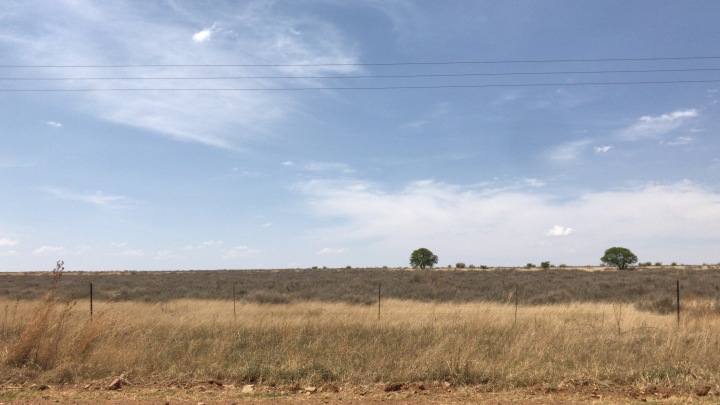


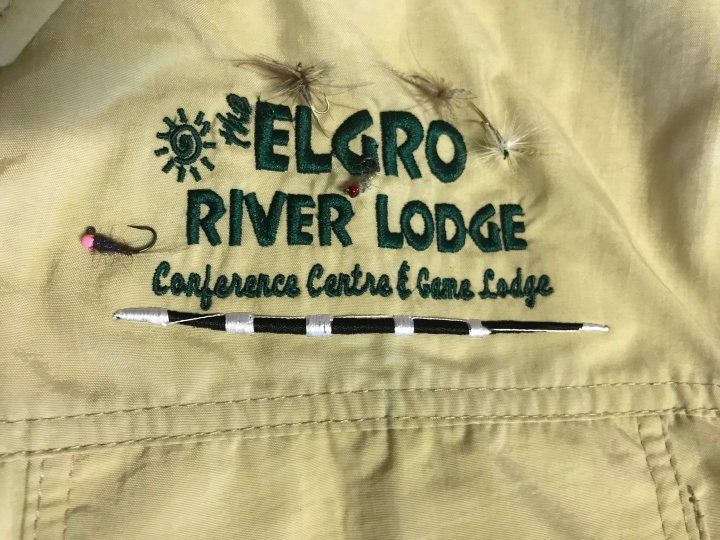
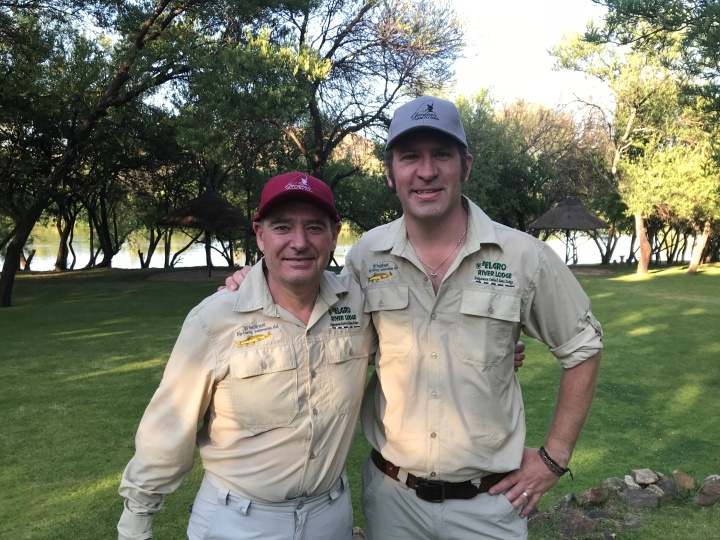





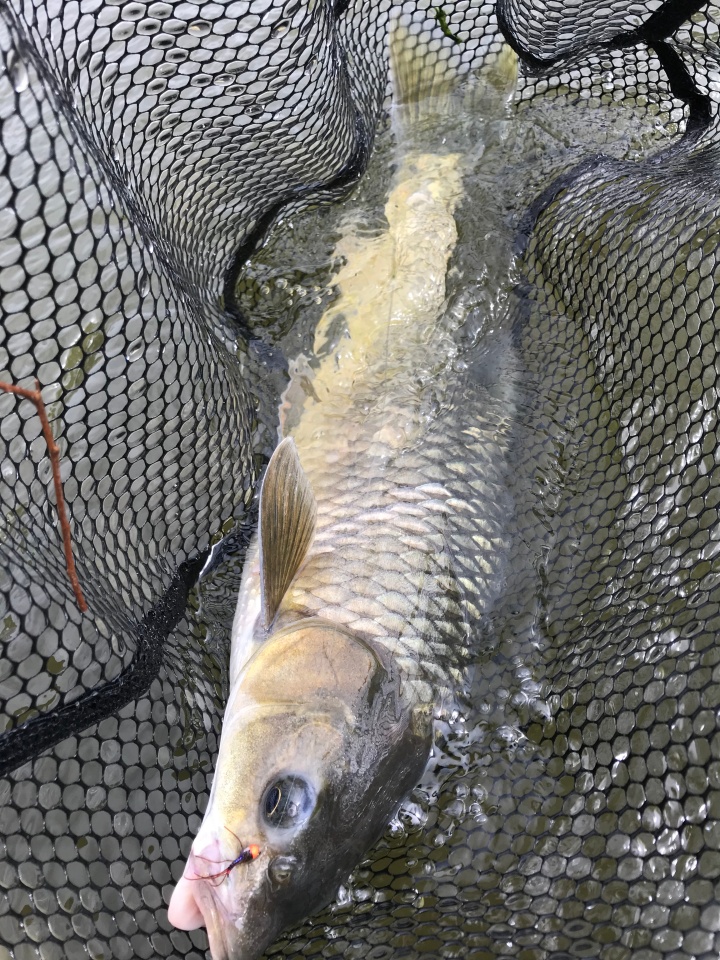

 The Orange and Vaal – Part 2
The Orange and Vaal – Part 2


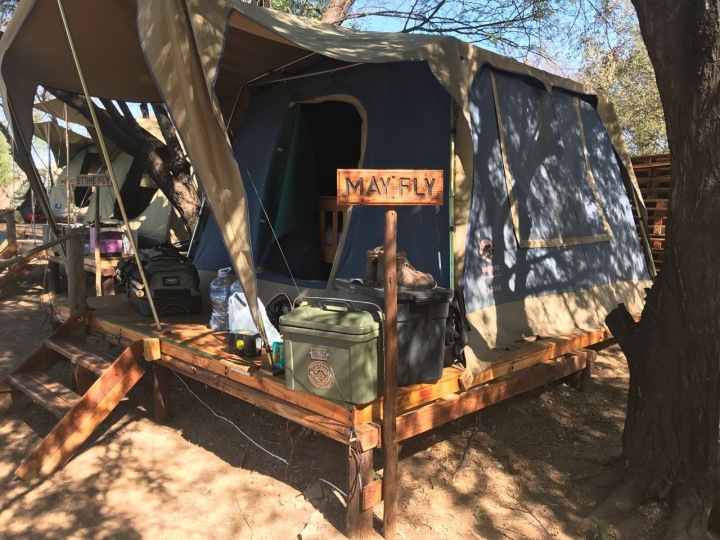
















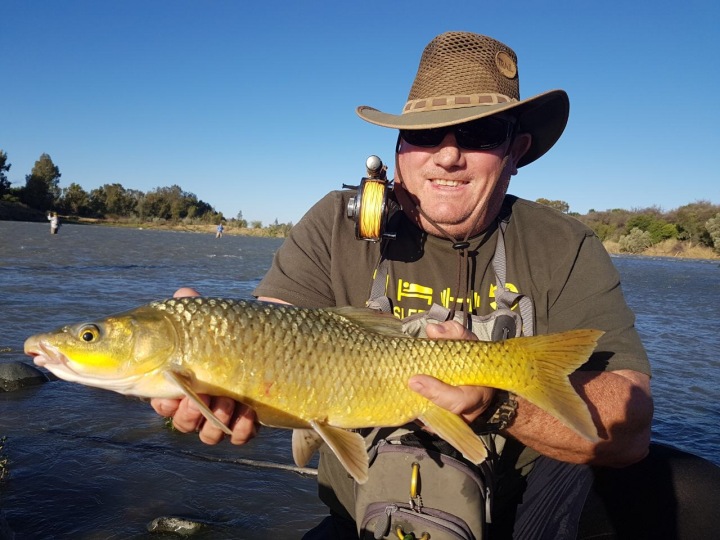


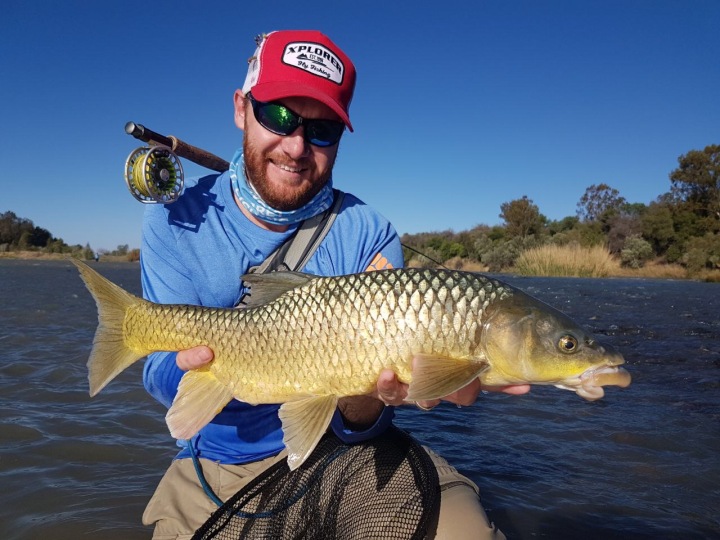 Keegan Kennedy with his trophy small mouth Yellow (Photo:Jacques Marais)
Keegan Kennedy with his trophy small mouth Yellow (Photo:Jacques Marais) Blayne Wareham wearing the Yellow cap (Photo: Gavin Bester)
Blayne Wareham wearing the Yellow cap (Photo: Gavin Bester)



















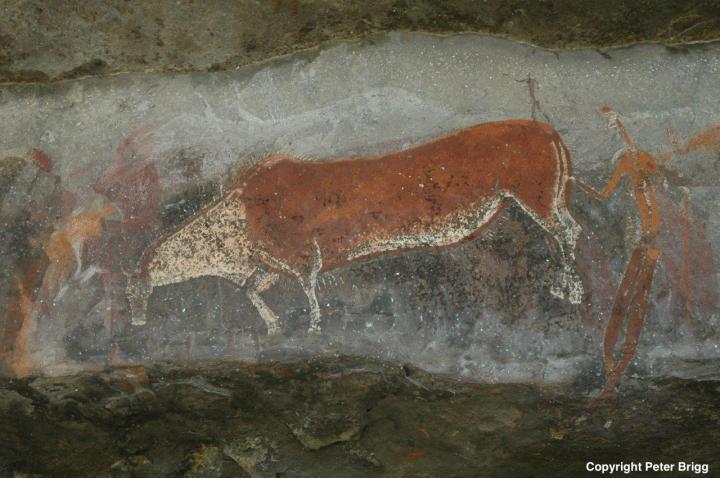



 The day finally arrived for many South Africans. 1st September…opening day of the season. It’s an exciting time. The chance to see our beloved rivers again after a seemingly long winter layoff. Some have likened the experience of anticipation to meeting up with an old flame after the school holidays!. I can relate to that. But with age I was a bit more cold-hearted, or should I say, realistic about my expectations. Unashamedly I was more excited to get away from city life and to spent a few days away with the lads then the fishing!. Some of us had to take the day off work…those who have their own business made an easy decision to play hooky.
The day finally arrived for many South Africans. 1st September…opening day of the season. It’s an exciting time. The chance to see our beloved rivers again after a seemingly long winter layoff. Some have likened the experience of anticipation to meeting up with an old flame after the school holidays!. I can relate to that. But with age I was a bit more cold-hearted, or should I say, realistic about my expectations. Unashamedly I was more excited to get away from city life and to spent a few days away with the lads then the fishing!. Some of us had to take the day off work…those who have their own business made an easy decision to play hooky.

























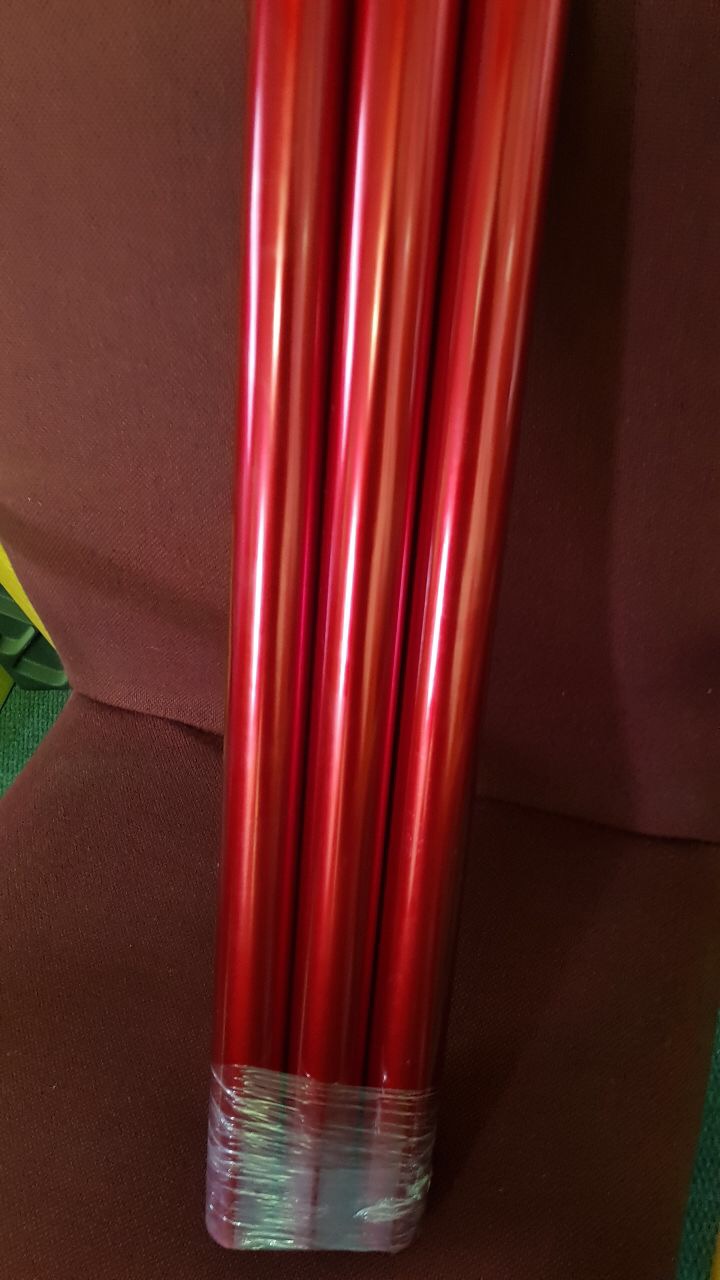








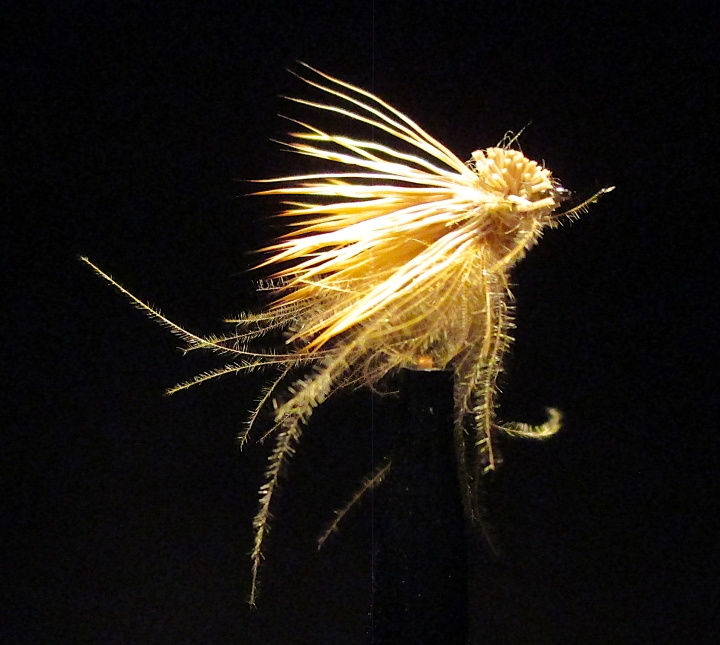
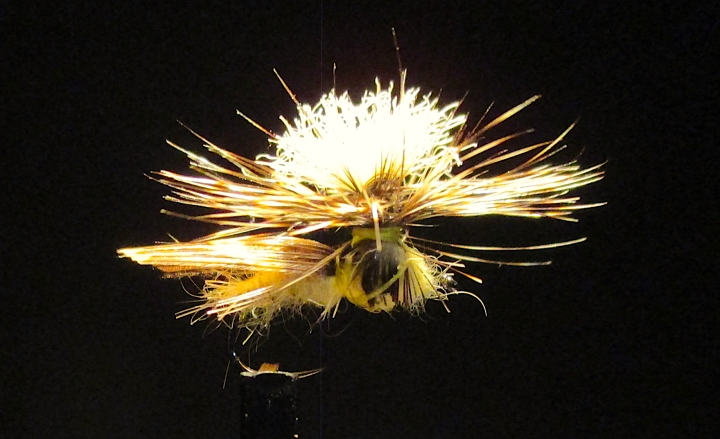
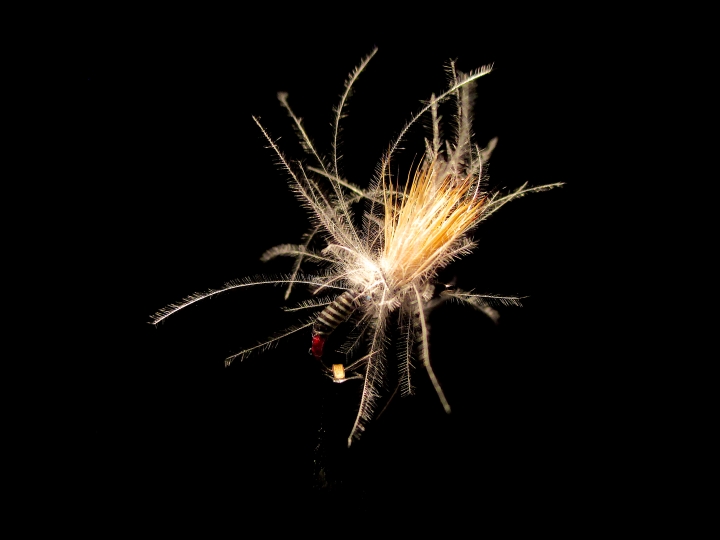

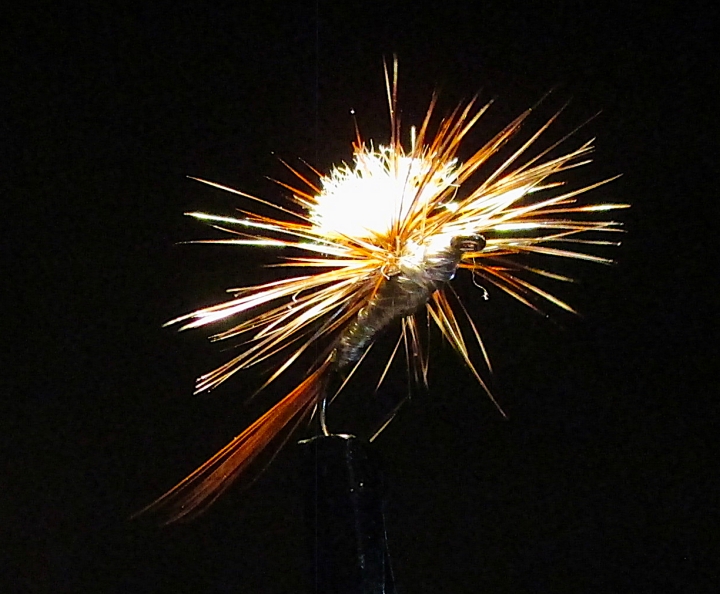



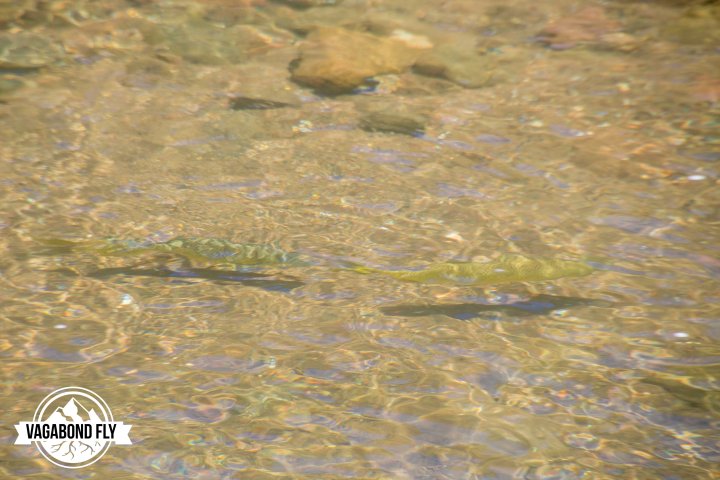



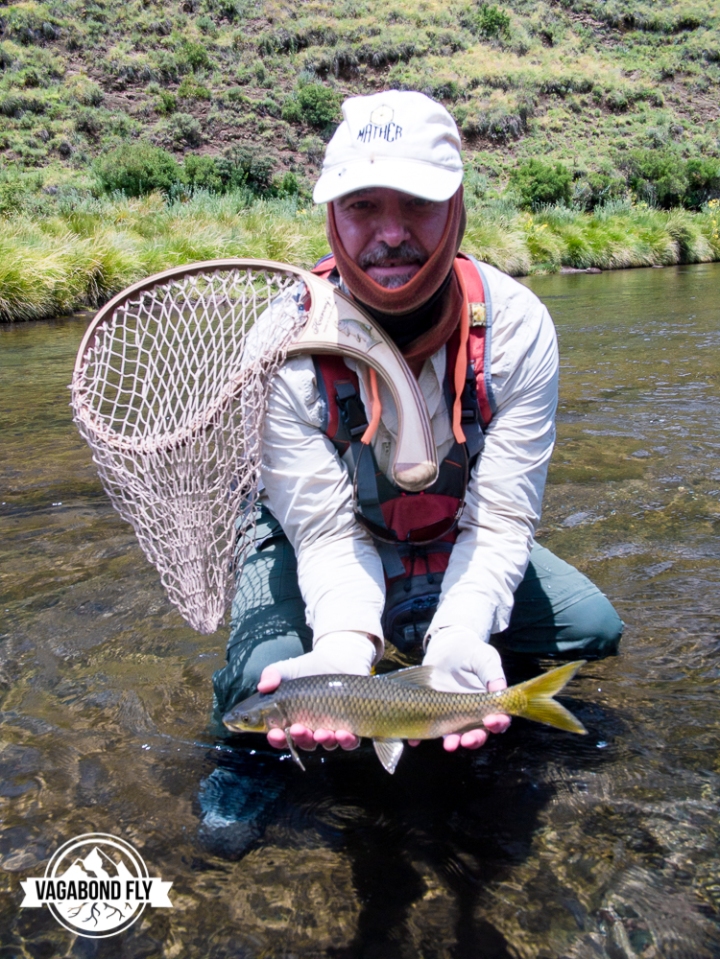














 After lunch we relaxed and eventually headed down to the river below the camp. Here the river is deeper and sight fishing to the yellows was a little more difficult. After trying dry fly’s I switch to a New Zealand rig with a small nymph and started picking up the odd fish. I wasn’t as easy as the morning session. We fished up the river around the bend and at last light we headed up the hillside to camp for a well-earned dinner and drinks. Tomorrow we were heading upstream some 10 kms to fish what we were told was far more technical fishing than what we had experienced so far which I’ll write about in Part Two of this adventure.
After lunch we relaxed and eventually headed down to the river below the camp. Here the river is deeper and sight fishing to the yellows was a little more difficult. After trying dry fly’s I switch to a New Zealand rig with a small nymph and started picking up the odd fish. I wasn’t as easy as the morning session. We fished up the river around the bend and at last light we headed up the hillside to camp for a well-earned dinner and drinks. Tomorrow we were heading upstream some 10 kms to fish what we were told was far more technical fishing than what we had experienced so far which I’ll write about in Part Two of this adventure.